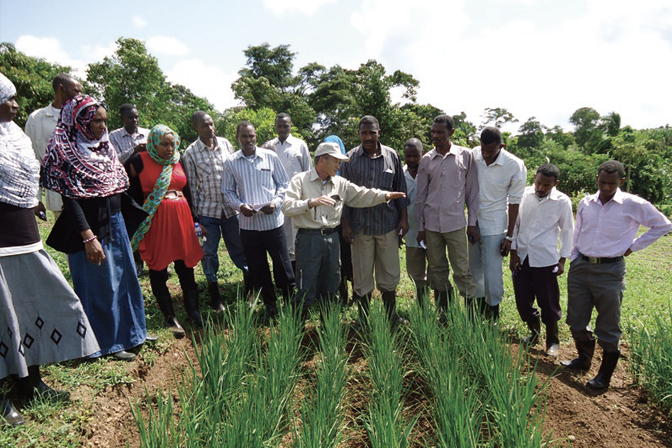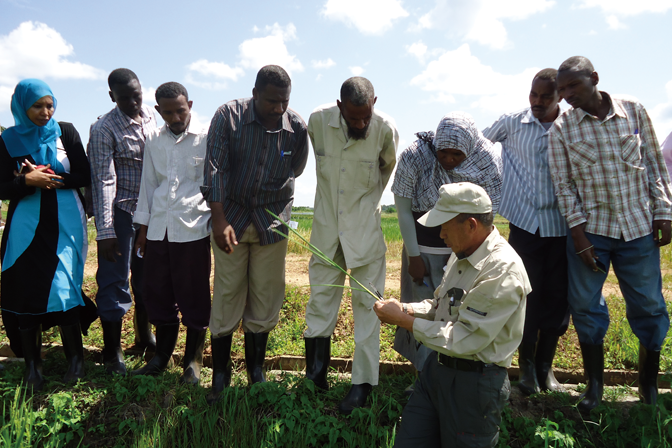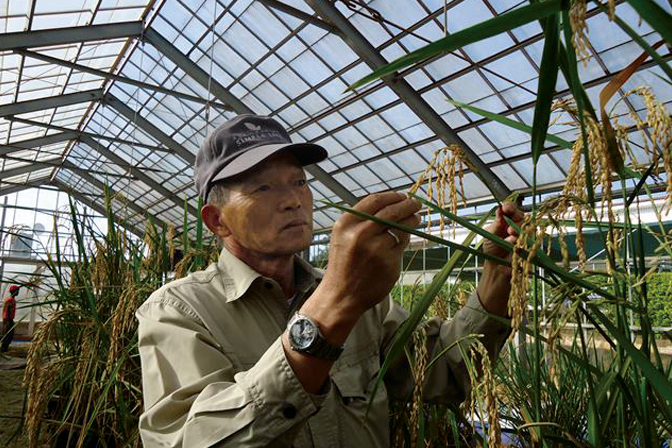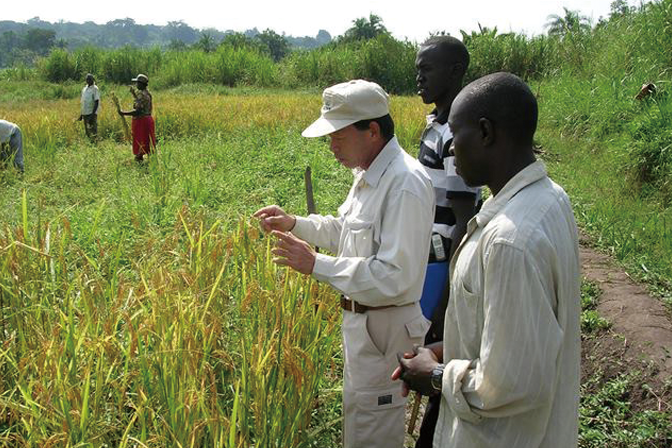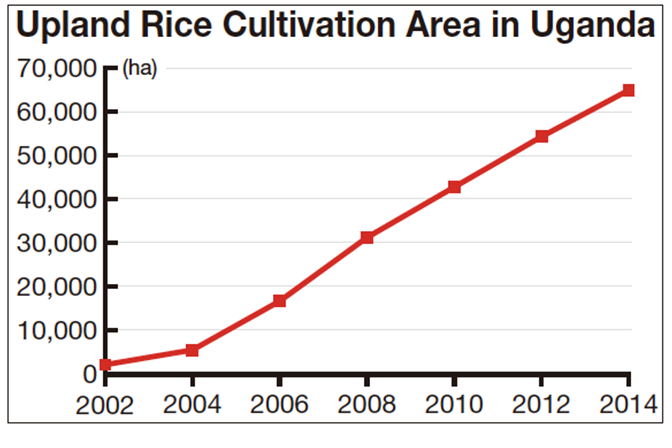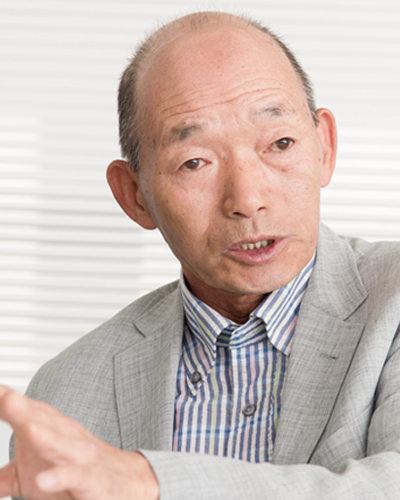New Rice for Africa (Nerica), also called “miracle rice,” is helping to address the issue of poverty in Africa. Rice is a luxury food that people can eat only on special occasions in many African countries. It has high nutritional value, and it serves as a valuable source of income for farmers. Japanese agronomist Tatsushi Tsuboi has been working for more than 20 years to promote the spread of rice cultivation. Known as “Mr. Nerica,” he rigorously follows an approach based on going out into the field to provide guidance; so far he has trained about 50,000 local farmers.
From 1981 Tsuboi worked as an agricultural specialist for the Japan International Cooperation Agency (JICA) providing guidance on rice cultivation through persistent efforts in countries including Indonesia, the Philippines, and Côte d’Ivoire. In 1992 he learned of the existence of Nerica from Dr. Monty Jones of the West Africa Rice Development Association (WARDA), who showed him this hybrid that he had just succeeded at producing. It is a cross between pest- and drought-resistant African rice and high-yield Asian rice, combining the strengths of both. It can be harvested twice a year under local climate conditions. Tsuboi explains, “Nerica grows even in moist lowland locations unsuited to use as fields for other crops, and it can be planted in the gaps between crops like coffee and bananas. After growing it experimentally in various locations, I became confident that this strain of rice could help resolve Africa’s poverty issues, and I decided to work at spreading the cultivation technology.”
Tsuboi provides guidance in Uganda. In addition to guidance for farmers, Tsuboi, operating from a Nerica rice-growing test station in Uganda as his base, trains extension workers and researchers. He has trained over 2,000 such professionals in countries around Africa.
In 2004 the Japanese government decided to dispatch an expert to Uganda to support the spread of Nerica, and Tsuboi was selected for this role, serving as a JICA expert on Nerica adaptation. Study results had indicated that among the countries of Africa, Uganda is best suited to Nerica cultivation in terms of the climate and environment of its relatively dry upland area. So the idea was to start with an initiative aimed at producing a success story there.
Tsuboi set up a rice cultivation research section to study Nerica at Uganda’s National Crops Resources Research Institute (NaCRRI), and this served as the base for guidance activities covering everything from the sowing of seeds and the care of the rice plants through the harvesting of the rice. Tsuboi developed a distinctive program to promote the spread of Nerica. He gives each farmer who participates in his training sessions 1 kilogram (2.2 pounds) of seed rice, enough to produce a harvest of 50 kg (110 lbs.) or more of unhulled rice. And each farmer is asked to give 2 kg (4.4 lbs.) of seed rice from what he harvests to neighboring farmers. The experience of growing rice on their own enhances farmers’ technical capabilities, thereby leading to an increase in the rice cultivation area.
The circle of Nerica-growing farmers is continuing to extend steadily, and over the 10 years after Tsuboi took his post in Uganda, the upland rice cultivation area grew from 5,500 to 65,000 hectares (13,600 to 160,000 acres). Farmers tell Tsuboi that the income from their rice sales has helped them, for example, by letting them send their children to high school or by making it possible for them to have mobile phones.
Tsuboi is optimistic that Nerica will bring a brighter future to Africa. “Over the past thirteen years I’ve trained more than 2,000 African researchers and extension workers. I want to keep up my activities until the day comes when Nerica will have spread throughout Africa and the issue of poverty is resolved.” Today he continues to work under the African sun, spreading rice cultivation technology.
Tsuboi conducts a study at the experiment station. Of the 18 varieties of Nerica that have been developed, Nerica 4 is the most widely cultivated.
In his training for farmers, Tsuboi provides detailed instructions, such as the best depth for planting the seeds and the best amount of space between the rice plants. Proper growing techniques can increase harvests by a significant multiple.
Tatsushi Tsuboi
Joined the Japan Overseas Cooperation Volunteers (JOCV) in his twenties. Conducted activities to support rice cultivation in the Philippines and has since been involved in similar activities for over 35 years in Asia and Africa. In 2004 he was posted to Uganda, where he led the program to spread Nerica. He continues to provide guidance on rice cultivation, traveling to countries around Africa.































































































































